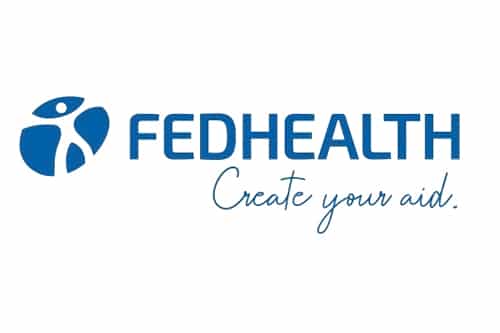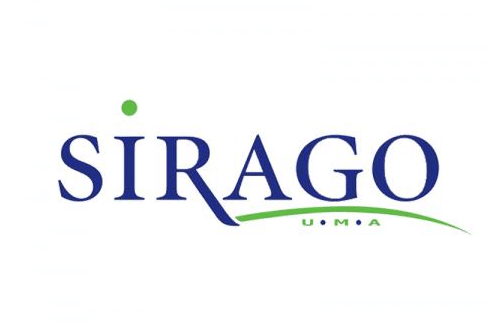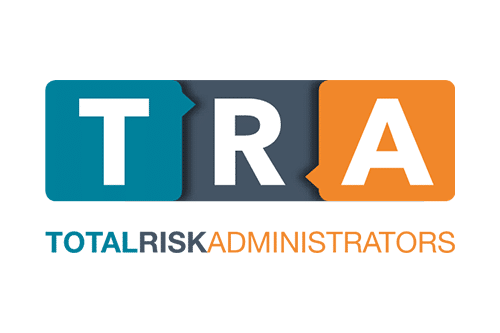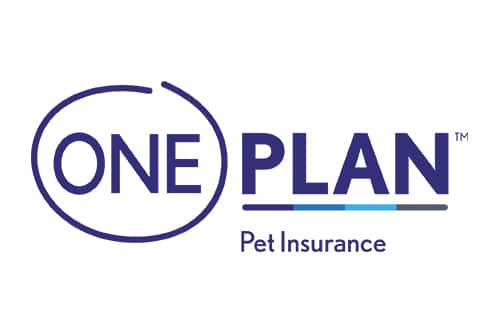
Medical Aid tax Credit Explained (2024)
Medical Aid Tax Credit Explained in South Africa revealed.
We verified the best way to workout your medical tax credit in South Africa.
This is a complete guide to medical aid tax credit in South Africa.
In this in-depth guide you’ll learn:
- What is medical aid tax credit?
- What are the SARS medical tax credits?
- How does SARS eFiling work?
- How do you calculate your medical aid tax credit?
- When should you submit your medical aid tax?
So if you’re ready to go “all in” with the medical aid tax credit in South Africa, this guide is for you.
Let’s dive right in…
Overview

👉 It’s not as complicated as it seems to claim medical expenditures from SARS, and doing so can get you some much-needed tax relief. The Medical Schemes Fees Tax Credit is a deduction from your taxable income that can be claimed by any taxpayer who pays into a medical scheme that is recognised by the government.
👉 Read on to learn how the process works.
Understanding medical aid contributions

👉 Taxpayers can reduce their monthly SARS tax bill by a set amount thanks to the Medical Schemes Fees Tax Credit.
👉 For the 2022–2024 tax year, you, as the primary medical aid member, are eligible for an R620 medical tax credit, and your first dependant is also eligible for an R620 credit.
👉 After that, each additional family member who is part of your medical aid plan will earn you an R224 monthly tax credit.
👉 In order to claim these deductions on your taxes, you will need to get a tax certificate from your medical aid; this certificate will also be used to calculate any out-of-pocket expenses you had for medical care that your medical aid did not cover.
👉 If your employer deducts money each month to cover your medical aid premiums, they may be able to take advantage of the Medical Schemes Fees Tax Credit to lower your taxable income.
👉 Nevertheless, if you pay for medical aid out of your own pocket, you can get a refund of that tax when you submit your taxes. Please note that the tax credit is only available to taxpayers who are also members of a registered medical programme in South Africa for eligible dependents.
👉 The following are eligible dependents:
➡️ Family members who were alive at any time during the evaluation year (spouse, including same-sex partners, children, stepchildren, adoptive children)
➡️ Someone who is financially dependent on you, such as a spouse, child, sibling, parent-in-law, grandmother, etc.;
➡️ and Anybody who is considered a dependant under your medical aid plan.
READ more about the Medical Aid Act Ultimate Guide in South Africa revealed.
Understanding additional medical aid expenses

👉 Extra medical costs include the following:
👉 (a)excess medical assistance contributions and
👉 (b)qualifying medical expenses
👉 These are deductible thanks to the Additional Medical Costs Tax Credit offered by the South African Revenue Service (Sars).
👉 A formula is used to determine your extra medical aid contributions based on your age and whether or not you have a disability.
👉 Credits for medical expenses paid out of pocket that were not covered by medical aid can be applied alongside credits for excess medical aid contributions.
👉 You will see these sums on your tax certificate if you submitted them to your medical aid but the fund did not cover them. You should keep track of these expenses for tax purposes even if you did not report them to your medical aid scheme.
👉 When filing electronically, it is generally more convenient to report all of your medical expenses to your medical aid provider, even if your benefits have already been used up.
👉 As a result, your medical aid tax certificate will accurately show all of your out-of-pocket costs. Remember that not all of your medical aid premiums or deductibles will be tax deductible. Specifically, non-prescription medications sold over the counter do not meet this criterion.
👉 Only the following out-of-pocket expenses are covered under SARS guidelines:
➡️ Medical doctors, chiropractors, physiotherapists, herbalists, homoeopaths, optometrists, osteopaths, and naturopaths can be consulted for a variety of health issues and provide appropriate treatment plans and medications.
➡️ Home health care is provided by a nurse, nurse practitioner, certified nurse midwife, or certified nurse’s aide in the patient’s own residence.
➡️ Medications that have been prescribed by a licenced doctor and dispensed by a licenced pharmacy.
➡️ Inpatient or long-term care facility admission.
➡️ All of the above-mentioned medically-related costs or services incurred when travelling abroad.
➡️ Compensation monetary paid for medical care of a physical handicap
READ more about the Medical Aid Tariff Codes in South Africa
Qualifying disability expenditure

👉 Further medical tax credits beyond those already mentioned above were made accessible by SARS in March 2020. These expenses are for those with physical impairments or disabilities.
👉 The Income Tax Act defines a disability as “a moderate to severe limitation of a person’s ability to function or perform daily activities due to a physical, sensory, communication, intellectual or mental impairment if the limitation has lasted or has a prognosis of lasting more than a year and is diagnosed by a duly registered medical practitioner.”
👉 Expenses such as those associated with a personal care attendant (such as private nursing or home care), transportation, insurance, upkeep and repairs, supplies, prosthetics and devices, continence products, service animals, and modifications to the home or vehicle are all eligible for reimbursement under the Americans with Disabilities Act.
👉 The taxpayer must make sure their doctor fills out an ITR-DD form in order to receive reimbursement for these costs.
👉 It’s important to keep in mind that an item won’t be considered a qualifying expense unless it can be demonstrated to be necessary due to the person’s inability to do routine tasks. When submitting a tax deduction for these costs, taxpayers will need to submit the following details:
➡️ The specifics of the disability, including its cause;
➡️ Documentation proving that the expense was a direct result of the impairment and was necessary;
➡️ Payment receipts for medical care, including doctor visits and prescription medications, and a completed ITR-DD Confirmation of Diagnose Disability form.
You might like to know more about the medical aid ombudsman complaints procedure in South Africa.
How to do the maths

👉 Below we outline how you can make the calculations necessary to determine what you qualify for under the Medical Aid Tax Credit.
The calculation for those under 65 who are not disabled
👉 Extra credits for those in this category are determined by taking their total medical aid payments, minus four times their medical scheme fees credit, plus their out-of-pocket medical expenses. Then double the result by 25% after deducting 7.5% from your taxable income.
Calculation for those under 65 with a disability
👉 Credits for disabled individuals under 65 are determined by adding the amount by which total medical scheme contributions exceed 3 times the medical scheme fee credits plus 33.3% of all qualified medical expenses paid by the individual.
Calculation for those over 65 (with or without a disability)
👉 If you’re over the age of 65 and either disabled or not, your extra credits will be determined in the same way as described above: 33.3% of your eligible medical expenses plus the amount by which your medical scheme payments exceed 3 times your medical scheme fee credits.
Frequently Asked Questions
How do medical aid tax credits work?
Historically, money put towards medical aid could be deducted from your taxable income. Now, a medical tax credit is a reduction in your tax burden for qualifying medical expenses.
Who qualifies for medical aid tax credit?
There is a threshold that must be exceeded between your total medical expenses and your total contributions in order to be eligible for the additional medical tax credit. If you’re under 65 years old, that number drops to 7.5% of your salary.
How much can you claim back from SARS for medical aid?
For the 2022–2024 tax year, you, as the primary medical aid member, are eligible for an R620 medical tax credit, and your first dependant is also eligible for an R620 credit.
What proof do I need for medical aid tax credits?
It is advisable to keep a record of all the expenses incurred during the year, such as medical aid premium receipts, medical bills, medical expenses, test reports, etc.
How can I prove my deductions without receipts?
Cancelled checks, credit card statements, written records you make, calendar entries, and photographs are all acceptable alternatives to original receipts if you happen to lose yours. Identifying the transaction for the item you wish to deduct from your taxes requires a look back through your bank statements.


































